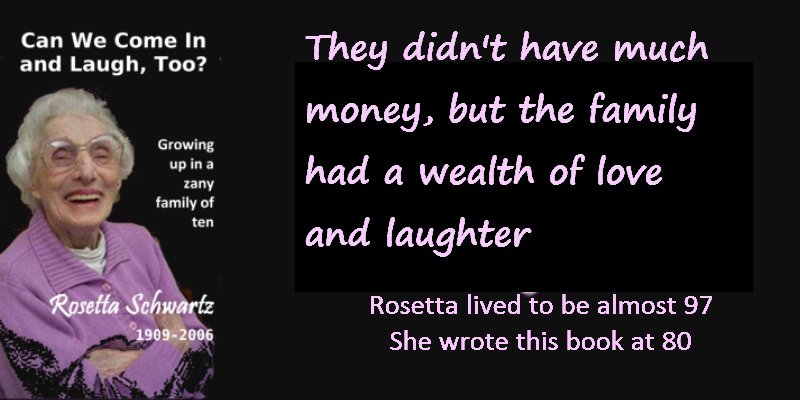Historical Milestones During Rosetta's Early Years
 |
| A 1909 RACECAR |
It was built on 328 acres of farmland five miles northwest of Indianapolis, Indiana by local businessmen as a testing facility for Indiana's growing
You have to remember that cars were not very prevalent at that time, so this was an innovative venture to promote those newfangled motor cars. The rectangular two-and-a-half-mile track linked four turns, each exactly 440 yards from start to finish, by two long and two short straight sections. In that first five-mile race on August 19, 1909, 12,000 spectators watched Austrian engineer Louis Schwitzer win with an average speed of 57.4 miles per hour. For the day, that was real speed. The track's surface of crushed rock and tar proved a disaster because it broke up in a number of places and caused the deaths of two drivers, two mechanics and two spectators.
The surface was soon replaced with 3.2 million
In 1911, because of low attendance the track's owners made a crucial decision: Instead of shorter races, they resolved to focus on a single, longer event each year, for a much larger prize. That May 30 marked the debut of the Indy 500--a grueling 500-mile race that was an immediate hit with audiences and drew press attention from all over the country. Driver Ray Haroun won the purse of $14,250, with an average speed of 74.59 mph and a total time of 6 hours and 42 minutes. In those days, that was a fortune.
Rosetta, like many women of her era, never learned to drive. The thought of women racecar drivers was thought to be as ridiculous as putting a man on the moon. Well, both happened.
In her book, "Can We Come In and Laugh, Too?" Rosetta spins tales of what it was like growing up as the youngest of ten children in a zany family and the former Charleston Champ takes you through the Jazz Era, World War II and more. Paperback and Kindle
